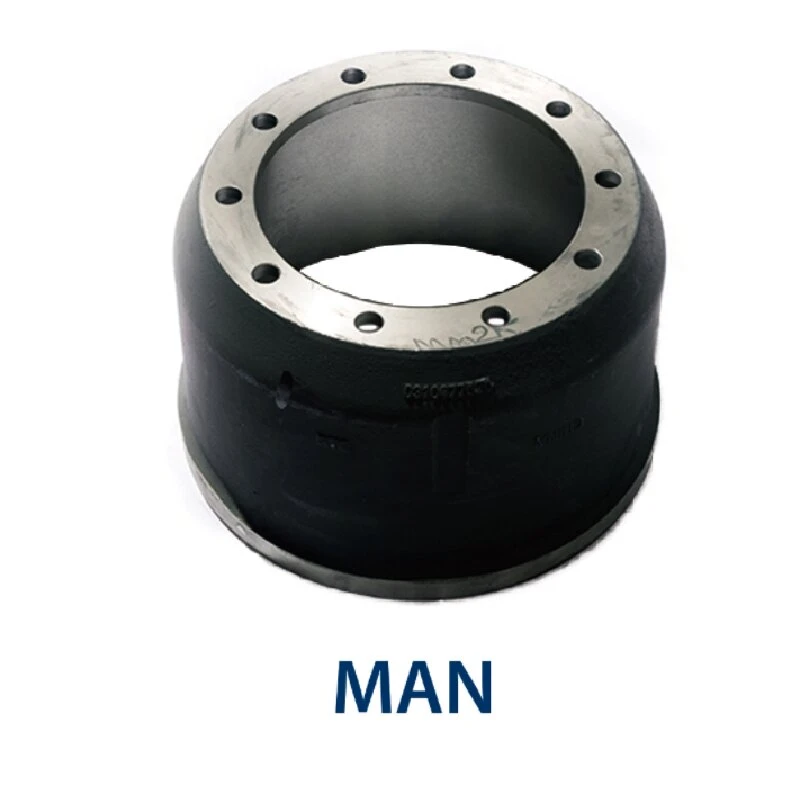Xan . 01, 2025 06:24 Back to list
Are Brake Drums and Rotors Interchangeable Components in Vehicle Braking Systems?
Are Brake Drums and Rotors the Same Thing?
When it comes to automotive braking systems, understanding the differences between various components is crucial for any car owner or enthusiast. Among the most commonly confused parts are brake drums and brake rotors. While both serve the essential function of slowing down or stopping a vehicle, they are distinct components with different designs, workings, and applications. This article aims to clarify the differences between brake drums and rotors, helping you understand how each part contributes to vehicle safety and performance.
Understanding Brake Drums
Brake drums are part of a drum brake system, which has been used in vehicles for many years, especially in older models and in some commercial vehicles. A brake drum is a round, cylindrical component that houses the brake shoes. When you press the brake pedal, hydraulic fluid is sent to the brake assembly, pushing the shoes outward against the inner surface of the drum. The friction created between the shoes and the drum slows down or stops the wheel's rotation.
One significant advantage of brake drums is their ability to handle heat. They can dissipate heat effectively, which reduces the risk of brake fade during extended braking periods. However, they are generally less efficient than disc brakes and can suffer from issues such as drum warping and uneven wear over time.
Understanding Brake Rotors
Brake rotors, also known as brake discs, are a key component of the disc brake system. In this setup, the rotor is a flat, circular metal disc that sits between the brake pads. When the brake pedal is pressed, the brake caliper clamps the brake pads against the rotor, generating friction that slows down the wheel's rotation.
Disc brakes, which use rotors, provide several advantages over drum brakes. They offer better performance in both wet and dry conditions, less susceptibility to brake fade, and improved heat dissipation. Additionally, disc brakes tend to have a more straightforward design, which makes them easier to service and maintain than drum brakes.
are brake drums and rotors the same thing

Comparing the Two Technologies
1. Design and Functionality - Brake drums are typically more enclosed and can contain brake shoes, while brake rotors are exposed and require pads to create friction. This fundamental difference influences how each type of brake system performs and is serviced.
2. Performance - Disc brakes are generally regarded as superior in terms of stopping power and responsiveness. They perform better during heavy braking and in wet conditions, making them the preferred choice for most modern vehicles, particularly performance cars and light trucks.
3. Maintenance - Brake rotors are easier to inspect and replace than brake drums, which may require more labor and potentially more complex procedures for adjustment. Because of this, more modern vehicles tend to utilize disc brakes, though drum brakes are still common in specific applications, such as on rear axles in economic or traditional vehicles.
4. Durability - Both systems can last a long time if maintained properly, but rotors may be more prone to warping under extreme heat compared to drums. Conversely, drum brakes can suffer from more significant wear if not properly maintained.
Conclusion
In summary, while brake drums and rotors serve the same basic purpose—slowing down or stopping a vehicle—they are fundamentally different in design, functionality, and applications. Brake drums are often found in older vehicles and specific commercial applications, while rotors are the standard in modern disc brake systems due to their improved performance and ease of maintenance. Understanding these differences is essential for vehicle owners, especially when it comes to routine maintenance, repairs, and upgrades. Regular checks and timely maintenance of either system are critical to ensuring the safety and performance of your vehicle on the road.
-
BPW Axles & Suspensions | Quality Running Gear for Trailers
NewsAug.06,2025
-
Premium Iveco Brake Drum - Durable & Reliable Performance
NewsAug.05,2025
-
High-Performance Nissan Brake Drum | Durable Braking
NewsAug.03,2025
-
2014 Mitsubishi Mirage Rear Brake Drums | Durable & Precise
NewsJul.31,2025
-
High-Quality Trailers for Towing Needs | Shop Now
NewsJul.25,2025
-
Premium MAN Shaving Kit for Effortless Comfort
NewsJul.25,2025
